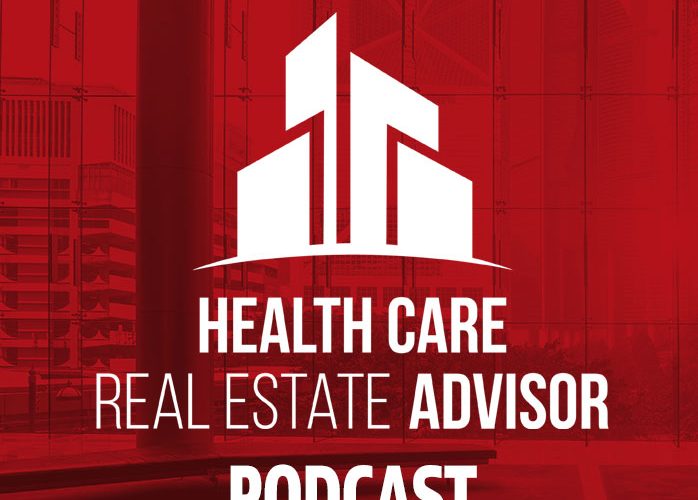From Outpatient Expansion to Value-Based Care: Navigating 2025’s Shifting Health Care Real Estate Landscape
From Outpatient Expansion to Value-Based Care: Navigating 2025’s Shifting Health Care Real Estate Landscape The health care real estate market is evolving rapidly, shaped by financial pressures, regulatory changes and the continued shift toward outpatient and value-based care models. In this webinar, Hall Render and VMG Health will provide an in-depth analysis of key investment…
Read MorePodcast: Play in new window | Download
Subscribe: RSS

